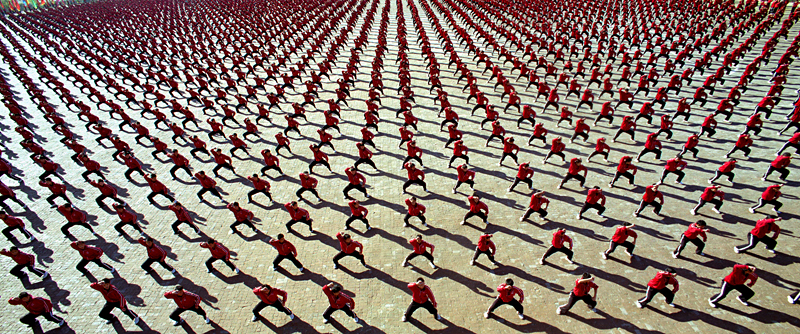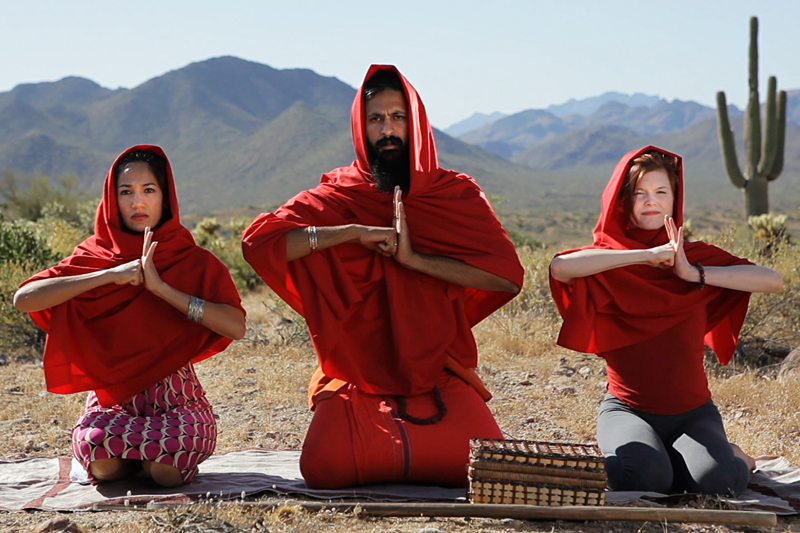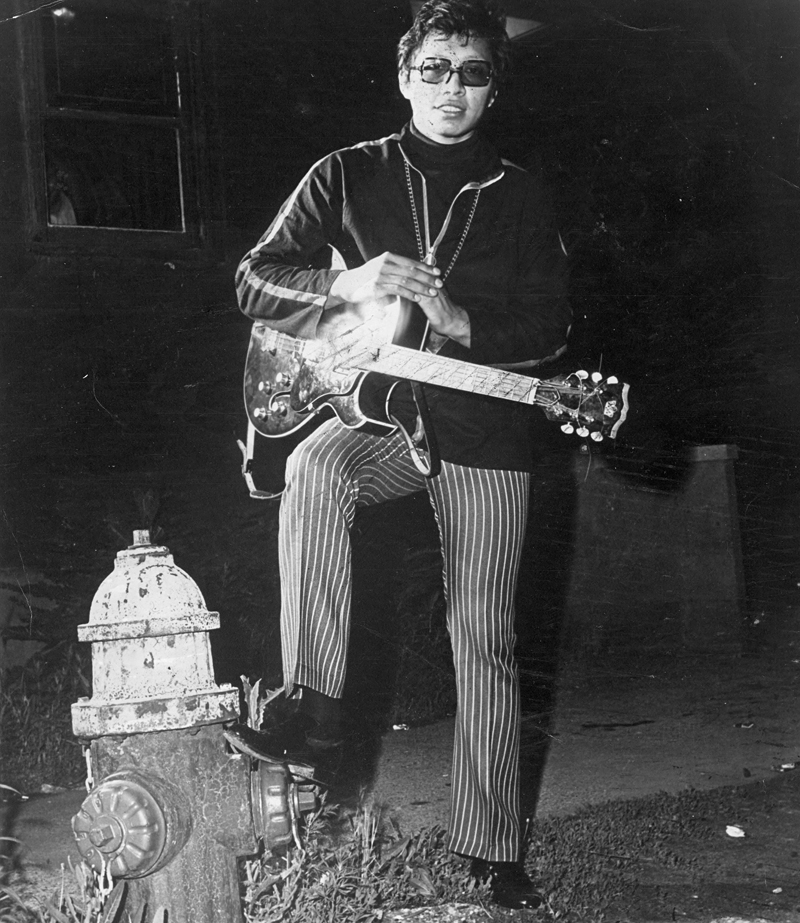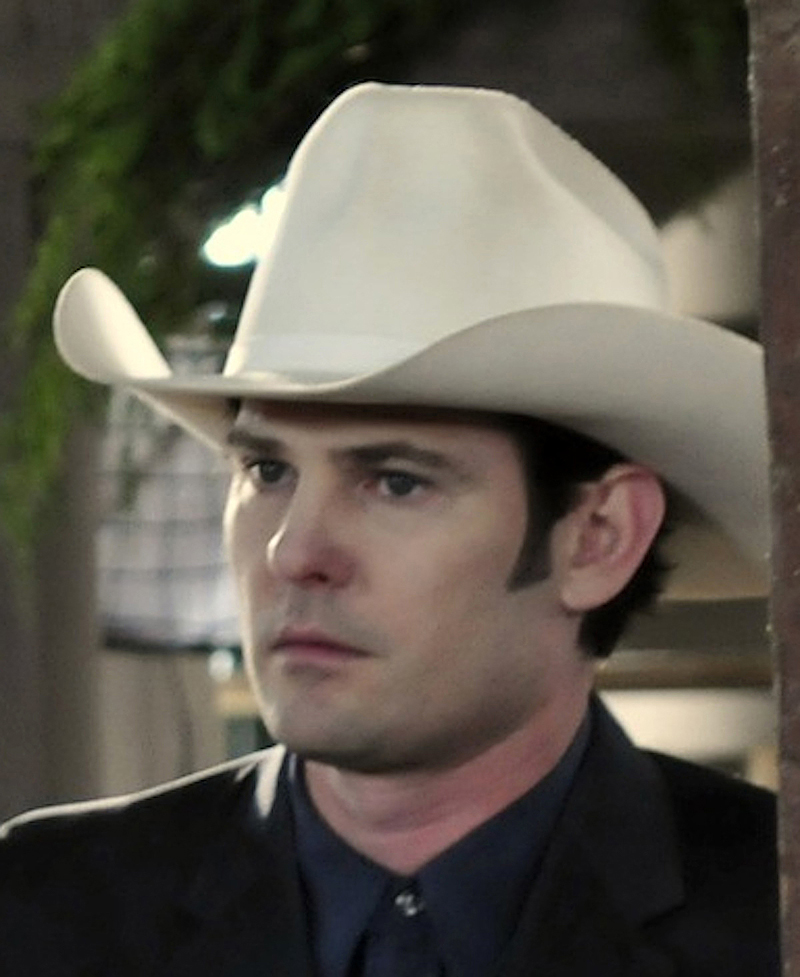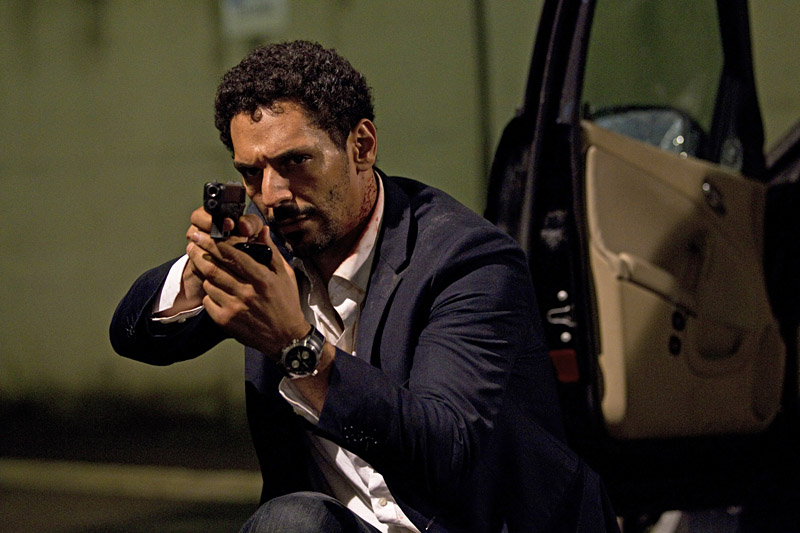Whether it strikes you as a profound, perspective-shifting spiritual travelogue, or the cinematic equivalent of a forgettable New Age music loop, this follow-up to 1992’s Baraka by director Ron Fricke and producer Mark Magidson nails its intent as “guided meditation.” Zigzagging through 25 countries in ravishing Super Panavision 70, Samsara plumbs its titular conceit—the Buddhist/Hindu notion of cosmic cyclicity and earthly suffering—with a visual panache that short-circuits the need for narrative discipline (and dialogue. Like its predecessor, Samsara is entirely nonverbal). From corporeal subjects in an Ethiopian village and a São Paulo cathedral to inanimate relics on Turkey’s Mount Nemrut and in the devastated Ninth Ward of New Orleans, the film’s imagery is epic and trance-inducing. It’s the “guided” part where Samsara stumbles. Civilization’s hyper- mechanized Malthusian horror show is captured with inventive flare (a mass dance sequence in a Filipino prison is a stunning highlight), but it’s undercut by an underlying smugness and complementary mush-brained Eastern fetishism that toe right up to elitism. Clichéd wraparound sequences in a Ladakh mountain monastery are the tip-off, but a preoccupation with factory grunts, office drones, destitute trash-pickers, and fat, burger-slamming Yanks as exemplars of humanity’s failings—no high-salaried overachievers or bougies of any stripe appear among Samsara‘s parade of the lost—outs Fricke and Magidson as high-minded aesthete snobs.
Samsara: Lovely Images; Pity About the Movie
